in bleach
Bathing together
August 10, 2011 · 12 Comments
Looking for a base
August 7, 2011 · 10 Comments
I had tea two days ago with two new friends in Hong Kong here. It was a pretty interesting session, with exchanges of ideas of the question of aging. One of the teas we had was a Mengku Yuanyexiang which was provided to me through a friend. This particular sample was stored traditionally, and exhibited a taste that the two friends said they had not encountered before in this tea. Considering that both of them have had various versions of Yuanyexiang before a number of times, this is surprising.
One of the most important thing that we all agreed on, I think, is that taste in a puerh is fickle, and changes constantly. Mr. L, for example, mentioned how he showed some friends from up north that there’s a significant difference between tea that has been properly aired out versus tea that has not. In the case of tea that has been through traditional storage, the process of airing-out is quite important in making the tea taste good when drinking it. Many who dislike traditional storage don’t know that breaking apart the cake and letting it sit for six months will greatly enhance the mouthfeel and the taste of the cake, and draw conclusions about traditional storage based on an erroneous understanding of the process and the result.
Likewise, even for teas that don’t go through traditional storage, the taste of the tea changes all the time. The condition of storage in each individual home, or in different cities, will alter the tea in obvious ways rather quickly. One hurdle for many newcomers to puerh is to get past that veneer of taste. This is something that I’ve written about before, but it still bears repeating. Chasing taste is futile. Mr. L told me a story of him buying a cake of 7572 back in the day from this one vendor here, and loved the taste. When he went back to the same store to buy a whole tong, what he got was something different – still 7572, but without that taste he liked. The owner insisted that it was the same batch, and he had no reason to doubt that claim. Turns out, after much searching for years for that same taste, that it might have been because that one cake was stored outside a tong that made a difference — the tea soaked up the storage smell of wherever that owner’s storage unit is, whereas the tong didn’t get as much “air time”. So, chasing such things get be quite futile, and expensive.
This is also important for those of us who rather enjoy the taste of some young puerh – just because you like it now doesn’t mean it’ll turn into something you’ll like even more. In fact, among those who love the floral and sweet and fragrant flavours of a young puerh, the aging process can be a real disappointment. It is really quite important to try real, well aged teas of proven vintage and provenance and to know whether or not you even like that taste to begin with. If you do, great, store tea. If you don’t, why bother?
It has been proven again and again that many currently good tasting teas often don’t age all that well, whereas a lot of nasty, sour stuff can turn out to be quite decent over time. I’m not saying only bad tasting tea becomes great when they age, but current taste and future taste are, in and of themselves, not particularly related. What’s more important is what we call “base” here, which means, roughly, the underlying strength of a tea. Without such a “base” a tea is doomed to mediocrity, and I think this applies not only to puerh, but all types of tea. It’s quite difficult to describe without confusing people how to identify “base” in a tea, but I think it is safe to say that it involves physically activating multiple areas of the mouth, throat, and body. It has nothing to do with whether or not a tea is sour, bitter, or sweet.
Categories: Information
Tagged: aged puerh, musings, storage, young puerh
The retaste project 4: 2001 Mengku Yuanyexiang
August 2, 2011 · 6 Comments
This is a tea that I bought along with the last tea I had, the 2002 Mengku. Back in the day this was a hot cake, and although the market is now calmer, the tea’s price is a good 7-8x what the 2002 Mengku costs, even though they were made by the same factory and only one year apart in the production date. I tasted this tea back then right after I purchased it, and the notes are here. I remember my assessment at the time being that it was slightly nicer than the 2002 version, but not by a wide margin. Back then the price difference was something like 10-20% difference. Now, of course, it’s multiples.
This is the thin paper version, and one of the annoyances of teas with such thin wrappers is that they survive storage very badly, especially if they’re out of the tong, which is the case here.
I realized that I opened the wrong cake, but I just took a look again at the original cake I had in my 2006 post and this one, and in terms of appearance, they exhibit no obvious differences. It’s the same tea.
The cakes are very distinctive in shape, as are all Mengku factory cakes. They have a flat surface front and back, especially back, and the edge of the cake is a straight wall, rather than a sloped, tapered edge like Menghai ones. The cakes are quite unmistakable. The cake is made up of mostly smaller leaves.
The cakes did get darker in the five years since I last checked them. There was some greenness when I drank them last, now they’re more of a blackish colour than anything else.
Now, although the thin paper has always been advertised as “dry stored”, many of the samples I’ve had from other sources in the past five years of this tea have mostly exhibited a “lightly traditionally stored” taste. It’s not immediately obvious like a normal traditionally stored cake, but once you really savour the tea the storage taste does show up here and there in the shadows. Most of the tea came from the same place, I believe — one batch of tea that was mostly sold through the Best Tea House in Hong Kong. Cloud, who originally posted about this tea, also mentions the existence of a lightly traditionally stored version of the thin paper tea. While no doubt the completely dry stored version surely exists, I don’t think I’ve actually ever encountered it even at the Best Tea House. Maybe it was all snapped up.
Because of the storage condition that the tea went through, the colour is a bit on the darker side, especially when compared with the 2002. The colour here is quite consistent with what some others have posted before, for example on Phyll’s blog back in the day (if you’re alive, contact me!). Given the depth of my cup and the slightly dark lighting conditions, plus a few years of extra storage in Hong Kong, they’re not far apart.
The tea is actually quite nice, indeed a notch better than the 2002. Because of the storage difference (the 2002 I have doesn’t seem to have gone through any sort of traditional storage) the taste of this Yuanyexiang is a bit older, and has traces of some older teas I’ve had before. I’m sure that given another five or ten years, it will turn out quite nicely as a good, aged tea to drink.
The storage taste is only barely discernable, if you know what you’re looking for. When I brewed it hard later on with long infusions, it becomes slightly more obvious, and sniffing the wet leaves, likewise, gives a hint of the traditional storage smell. The leaves are still far from dark brown and exhibit youth in them. This is a good tea. Whether or not it’s worth the price of admission now is a question that’s really open to debate. I tend to think that teas like the 2002 Mengku is a far better value for money, mostly because it’s so much cheaper, widely available, does not have the “fame premium” that you need to pay for the tea, etc, and still have roughly the same quality. I also know some people who, having stored this 2001 Yuanyexiang for a few years, decide that they don’t really like it much after all. That’s the problem when “chasing” famous cakes — just because someone else likes it a lot doesn’t mean you’ll enjoy the tea, especially if you plan on storing it for future consumption. In some cases, you can try reselling them, but in others, you’re stuck with cakes that you don’t want to drink. It’s a tough call.
Categories: Teas
Tagged: aged puerh, retaste project, storage, traditional stored puerh, young puerh
Moderation
July 28, 2011 · 22 Comments
One of the biggest pet peeves I have when I see people advertising tea is some sort of mystical, magical health benefit that pretty much promises it will do anything other than raise the dead. Accompanying this is the pretty frequent sighting of posts on various tea forums from newcomers who say things like “I want to get the health benefit of drinking tea — which tea is best for X?” Stores like Teavana then capitalize on this sort of thinking, and invents, without any sort of rationale, a whole series of “health benefits” of various kinds of tea for different parts of the body, with the clear implication that if you want a full body benefit, well, you better buy all of their teas.
There’s only one problem – all this talk of health benefits, etc, ignores the fact that just like pretty much anything else, there comes a point when there’s too much of a good thing. You can, indeed, overconsume tea. An analogy can be drawn with wine — while a glass of red wine a day may be good for your health, two bottles a day is pretty much certainly going to cause you health problems. While it is not clear where tea’s “health threshold” may be, it has to have one.
In my experience I have had two unpleasant encounters with drinking too much tea. The first was an instance in which I drank too much tea while pulling a near all-nighter in college trying to finish a paper. I remember my legs were shaking uncontrollably and I’m pretty sure it was due to caffeine overdose of some sort. The second was actually much more scary — I was drinking lots of tea in the run up to my general examinations for me to proceed on my dissertation research, and one night as I was getting ready for bed, my heart started beating at a rate and strength that was very unnatural — I thought I was getting a heart attack or something. It calmed down, eventually, but not before it really scared me. Doctors, of course, found nothing wrong, and suggested I consume less caffeine and sleep more. Recently, a tea friend here in Hong Kong told me that he had something very similar — heart rate that was abnormally fast (140-150 bpm). Doctors couldn’t find anything either. We both agreed that tea, specifically strong, young puerh, and lots of it, may be the culprit.
I have been mostly on a “one tea a day” regimen for the past 6 years, and I haven’t had another such episode since then. I think lots of people get the impression that I drink lots of tea every day. The fact is, I don’t unless I’m visiting a shop and hanging out with tea friends. Yesterday I stopped by Best Tea House to see some old friends, and I know I drank a little too much as I started feeling uncomfortable. Like a person who is getting tipsy but who doesn’t want to get drunk, I stopped.
I know I’m going to get people here who will poo-poo the idea that too much tea can be bad for you, or that drinking only greens or young puerhs exclusively will yield anything other than pure bliss. I’m not saying that everyone will get the same reaction — some people may have much higher tolerance for such things, but at some point, you can, in fact, overconsume tea, and at that point it will no longer be a health benefit, but a health hazard. Tea and health is mostly a marketing hype, as I’m pretty sure that drinking pesticide laced CTC brewed bottled iced black tea flavoured with artificial flavouring agents and lots of sugar is not going to give you any health benefit whatsoever. Drink in moderation.
Categories: Information
Tagged: health, musings
The retaste project 3: 2002 Mengku Rongshi Qizibing
July 24, 2011 · 8 Comments
This cake is something I first obtained with BBB in Beijing back when he visited me. I eventually ended up with about a tong of this, and he took a few cakes, I believe. I don’t remember how much exactly we paid for this tea — I am sure it was below 100 RMB a cake, probably more like 80-90. Taobao now quotes about 220 for a cake of this, and considering the appreciation of the RMB in the past few years, the price increase in the tea has been probably about threefold.
The wrapper, as you can see, has taken quite a bit of beating in the years since I got this cake. You can see though that this is the same cake that I took a picture of five years ago by the arrangement of the leaves (on the neifei, for the most obvious point)
I’d say the leaves have gotten a bit darker, but by and large the change isn’t particularly obvious.
As I drink it, I think the tea is nice – nicer than when I first got it in the sense that it is now mellower and also a little cooler in the back in ways that I didn’t really notice before when I tasted it soon after my purchase. The colour of the liquor looks a bit darker, but that could easily be a product of lighting, depth of cup, and other uncontrolled factors.
I do like it though, and I think at the price when I got it, it was a great deal. Would I pay 220 for it now? A few cakes, perhaps, if I happen to like it. If I have to drink this tea everyday, I won’t mind it one bit. I guess that’s a good endorsement.
Categories: Teas
Tagged: retaste project, young puerh
Frenzied development
July 19, 2011 · 1 Comment
Pretty much every day now you can open the newspapers (or more likely, a news website) and some story about China’s economic development will pop up. The rise of China as an economic power that people actually pay attention to is something quite remarkable, and every time I go back and visit I can see it on the ground. Maliandao, which I discussed five years ago when I first got there and updated last year, is no longer the backwater shopping street it used to be. Two new roads have opened onto Maliandao, and traffic is worse than ever. There are many, many more buildings in the vicinity now. If we go back to the updated map:

Now I can give you some pictures to match up with the colours. This is the building in purple on top
The one on the left anyway. That was a pile of dirt, basically, when I was there in 06/07, and was just beginning to get some building going on. Now it’s a full blown tea mall with an apartment building on top. The building on the right in the picture is what used to be the Pu’er Chadu, which is now defunct. This picture was taken from the vantage point of the big Maliandao Tea City mall
Which is the same as always. Don’t go if you’re a tourist — it has the worst prices. Although, because a number of stores there are older, if you’re looking for Beijing stored tea, you might get lucky there. Just don’t expect a good deal.
The big pink thing on the map on the right hand side is this:
Another big apartment building with teashops underneath. There are two levels of this, all open to the street, and some have nice teas. I bought my big bag of white tea there. Next to this building is another building that has always been at Maliandao, but only recently started selling tea:
The building underneath the blue sign was, and still is, mostly a audiophile/camera mall, but the ground and second floor are now teashops. Nothing too impressive there except a few things of interest, but that’s only after a quick walkaround. Behind it is Tianfuyuan, the big brown box on the map on the right, and where Xiaomei’s shop is located.
Underneath all this ritzy development though is still the same old infrastructure that supplies the stores. Witness, for example, this:
Among all the new cars and shiny objects are still the labourers who work hard to make the place function — here are two cart drivers who are carrying empty (left) and full (right) jugs of water for the shops in the area. Note how the carts have an electric motor. Many of the shopkeepers still live in, or above, the stores, and many of them are still earning a paltry sum, although a paltry sum now is closer to 1600 RMB a month, rather than the 600 RMB a month of four or five years ago. In fact, my friend L has been trying to hire someone but has found no takers for 1500 RMB.
Construction is still continuing, with a new tea mall slated to open probably later this year, and targeted at a more upmarket crowd. The place has nicer decor and looks to be quite posh. I’m sure you can find high prices there, along with prettier sales girls and more comfortable surroundings. On the other hand, I also heard that a subway line will open in the next few years that will take you to Maliandao, which will make life a lot easier. Either way, it’s fascinating to see all the changes in the past few years — and it looks like it’s going to keep going.
Categories: Information
Tagged: shopping, travel
The King of Pots
July 18, 2011 · 9 Comments
One of the great things about being in a place like Hong Kong, rather than being stuck in Maine, is that there are a lot more tea people out here. Drinking tea alone is quite common in the US, but here you can always find a drinking mate if you need one. Since I have returned I have yet to visit a teashop of any kind, and haven’t really taken advantage of my situation here. Today, while I was out and about, I stopped by a shop when there was an hour between engagements, and ran into someone I’ve met before — someone who is nicknamed the King of Pots.
This guy taught me a few things before when I met him at the Best Tea House some years ago while I was hanging out there. One of the most important things I learned was that when looking at someone else’s pot, put down the lid or the body and only look at the other. Don’t hold the lid while you’re examining someone’s pot, or the pot while you’re actually just looking at the lid — that’s rude, and may damage the ware by accident. I’ve met many people who do this sort of thing since then, and have passed on this rule, which I think is very sensible. I’m sure the King of Pots himself was scolded for doing it, just like he scolded me when I did it to his pot.
Seeing him again this time is quite lucky, really, because otherwise I have no way to contact him, and I would love to learn more from him as he has hundreds, if not thousands, of pots, and has certainly seen more pots than I have had teas. Not all of his pots are good — I saw one today that was only so so, but as he explained, you don’t need a vintage or famous pot. If you use your pot often and it’s made of decent clay, that’s better than a Ming dynasty pot that’s been sitting next to a dead body for the last 300 years. Of course, it’s much easier to say that when you’ve got as many pots as you do.
Now, not all of what he knows or believes in is going to be correct. He told me today that he also started by drinking tea and learning from Vesper Chan of Best Tea House, but like many others, he has since grown out of it and rarely goes back there. I count myself in the same category, although a few generations behind him. What we have both learned in that regard is that people who you revere as teachers early on often turn out to be, at the very least, not all right, and sometimes downright wrong. Yet, Mr. Chan continues to attract students and adherents who go and buy his stuff, while many older students fall out of the circle. He’s doing a service to the tea community in that he’s attracting people to come, but very often, people don’t stay as they start wandering around for other sources of things and find out more for themselves.
People like the King of Pots are the tea people I like the most — they drink with an open mind and who are welcoming of newer ideas, who want to try new things, and who’s not afraid to challenge perceived “authority” figures, who, sadly, are often just big sellers with a strong vested interest in teaching you about certain things. I respect the King of Pots, but I also know that he’s not likely to be correct on all things, and our exchanges often turn into just that – exchanges of information, when both of us can contribute to each other’s knowledge. Too often, I see people who are attached to one teacher and who just believe in everything the person says about tea. It’s more understandable if it happens in places like Maine or Minnesota, but seeing people like that in Hong Kong or Taiwan or China really makes me cringe. Learning from others with more experiences makes your progress in tea go faster, but equally important is the use of a critical mind. That’s what I teach my students in the classroom, and that’s what I try to practice, and sometimes, like this post, spills over into the blog.
Categories: Information
Tagged: musings, skills
The retaste project 2: Mabang bing
July 15, 2011 · Leave a Comment
Before I go on, I should explain my parameters for this retasting project.
1) I’m going to be using gaiwan for all these, because I used mainly a gaiwan back in the day to try these teas.
2) I’m going to be using the same Kamjove kettle that I always used back then as well.
3) The water is Hong Kong tap water. I can’t really control for this and have no way of using the exact same water I did in Beijing or Taiwan, so this will have to do.
4) I drink till the tea is exhausted, or, in case of horrendous teas, when I can no longer take it.
Now taht that’s out of the way, let’s move on to #2 – a Yiwu cake that I bought in 2006 and whose store I revisited on this trip. If I remembered correctly, this tea was in the vicinity of about 80-100 RMB back in the day, give or take. I could be wrong.
My impressions back then was that it was decent, but not awesome — that the leaves were ok, but the cake was made with care. I think I must’ve given a cake away, because I only see one now, and it’s never been opened.
You can see that the leaves are a bit stemmy. The owners at the time I think told me that the cakes were arbor trees, but the trees were not particularly old. I thought they should’ve used nicer material to make cakes — which they certainly have done this year (and in the past few years, it seems) but back then they were starting out on making puerh and so had less access to good materials, I believe. 2006 was also a pretty crazy year.
The initial infusion or two had a hint of the same taste as retaste project #1 — the same nasty young pu turning older taste, but it isn’t nearly as strong and obvious. There’s something else going on here, a hint of the same fragrance that this tea had back when it was young. I remember it was a bit astringent and rough when I tried it at the store five years ago, leading to my decision to only buy two cakes and not more. As I kept brewing, the initial nasty taste went away, and turned into a slightly nicer, sweeter, lightly aged puerh taste. It’s not fresh anymore, but neither is it really aged yet. It’s in that 5 years old, awkward phase.
The tea is not very strong. It doesn’t have qi that knocks you out, and it isn’t really going to be a long term winner, I think. Compare this to, say, the Yisheng purple, and this is clearly an inferior tea. Having said that, it’s not bad, and offers a pleasant tea to drink. I think give it some more time, and it can age into something reasonably good. At the moment though, I’m in no hurry to drink this, so back into the storage it goes.
Categories: Teas
Tagged: retaste project, young puerh
The retaste project 1: a 15 RMB puerh
July 14, 2011 · Leave a Comment
As a way to get started — I thought I’ll try a cake that I have actually never tried before.
I bought this cake more or less randomly in Beijing early during my travels — within the first few months of me having arrived there. It was insanely cheap – if memory serves, it was somewhere in the vicinity of 15RMB, which, at the time, was about $2. The cake, like so many others, claims to be thousand year old wild trees from Jiangcheng area, but a lot of cakes claim that and such names are essentially meaningless.
The leaves actually don’t look terrible.
I remember when I bought this cake, the woman who sold it to me looked like a single mother trying to raise her son and running this corner shop in Maliandao eking out a living. She had at least a dozen cakes, and I just randomly plucked one and bought it on the premise and the theory that very cheap things may age well if given time — and it’s worth the experiment given the exceptionally cheap price of the tea. Now, as you can imagine, my expectation for this cake is low. I don’t really expect much of anything out of it, and if it turns into anything drinkable, that’s already a good outcome.
When I brewed this tea the taste that I got is a familiar one — it tastes like some of the other cheap cakes I’ve bought off taobao before. Not having tried it may be a bit of a mistake, in that I don’t know where it started, but I can more or less guess, having tried teas that are similar. What it essentially comes down to is that the tea has now acquired a slightly medicinal, but not entirely pleasant taste, while having lost much of that “young puerh” flavour. I think teas like this will not age well in the long run, and turn out to be quite thin and boring.
Just looking at the pictures though, they look quite ok. In fact, if you smelled the cake in person right now, you’ll think it’s quite ok. It’s only when you drink it does it become obvious that the tea is not particularly good. Maybe I’ll try this again in ten five years and see what happens to it then.
Categories: Teas
Tagged: retaste project, young puerh
The retaste project
July 8, 2011 · 6 Comments
This is the sum of the teas I have here in Hong Kong, minus a few things already in the cupboard that I didn’t bother taking out for this picture. Almost everything here was purchased a few years ago while I was working in China and then Taiwan. Many of those things were bought when I was still very much in the experimentation phase, and during much of the time coincided with a lot of what was going on with the puerh bubble of 06/07. Many of these teas were chronicled on this very blog back then, with a blow by blow account of how I bought them and what I thought at the time. I think it will be an interesting thing to do to go back to every single one of these teas and see where they are now, five years later after some regular, Hong Kong dry storage at home.
I’m pretty sure that when I drink some of these now I’ll think they are terrible. In fact, some of them I knew were terrible even back then. I guess this can at least put the theory of “bad teas will age into something better” to a test for a 4-5 year time frame. Let’s see where this goes.
Categories: Teas
Tagged: retaste project, shopping, young puerh

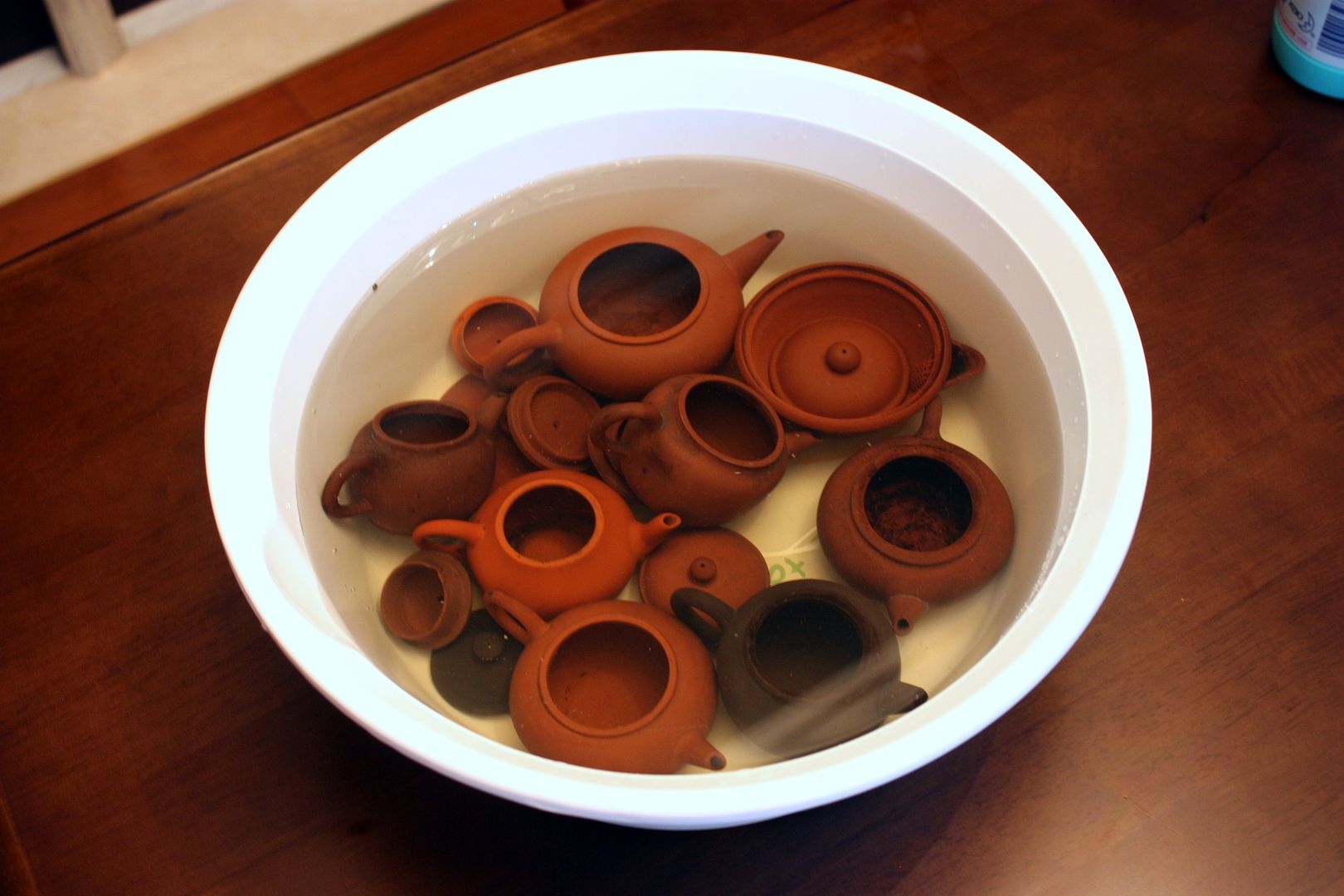
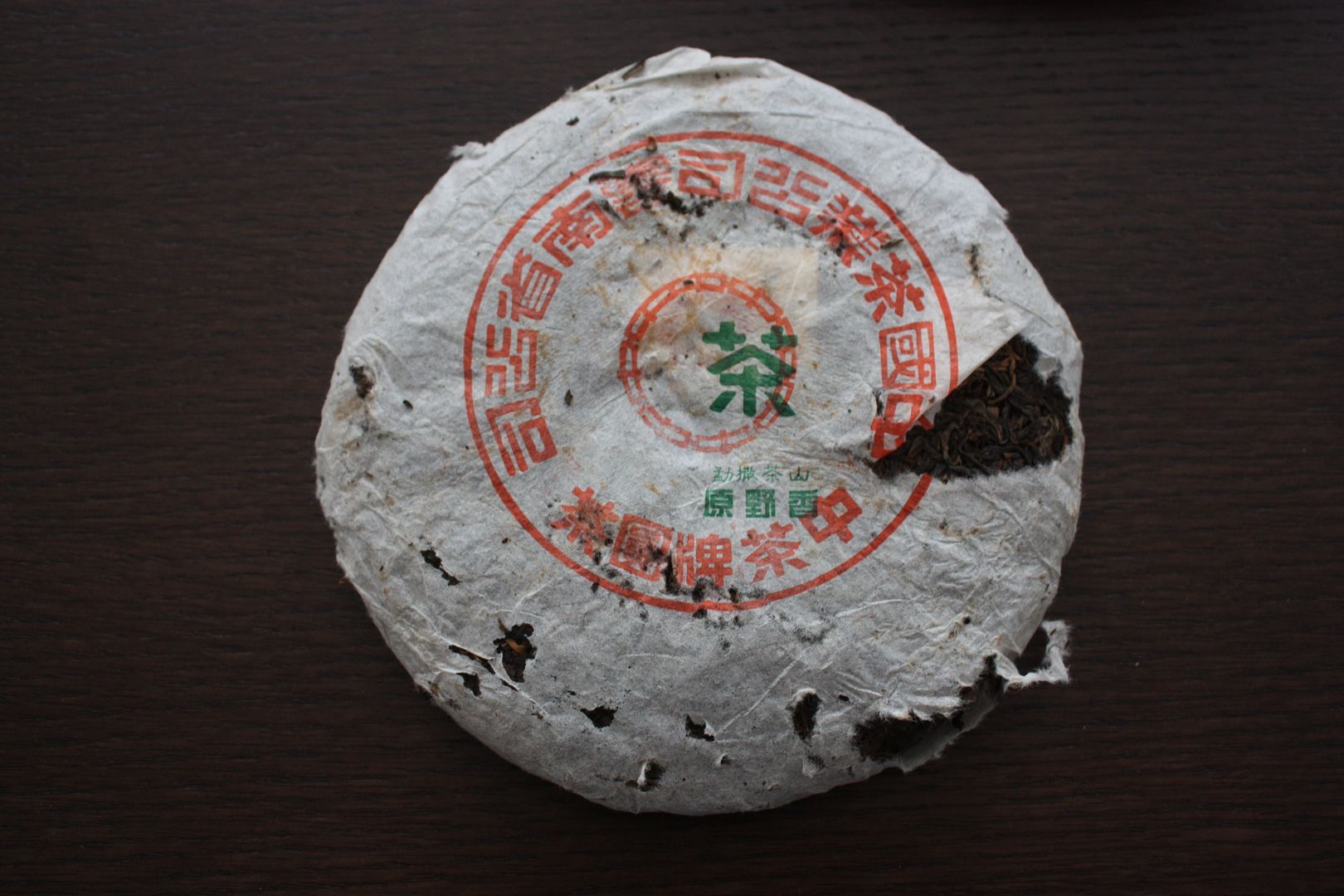
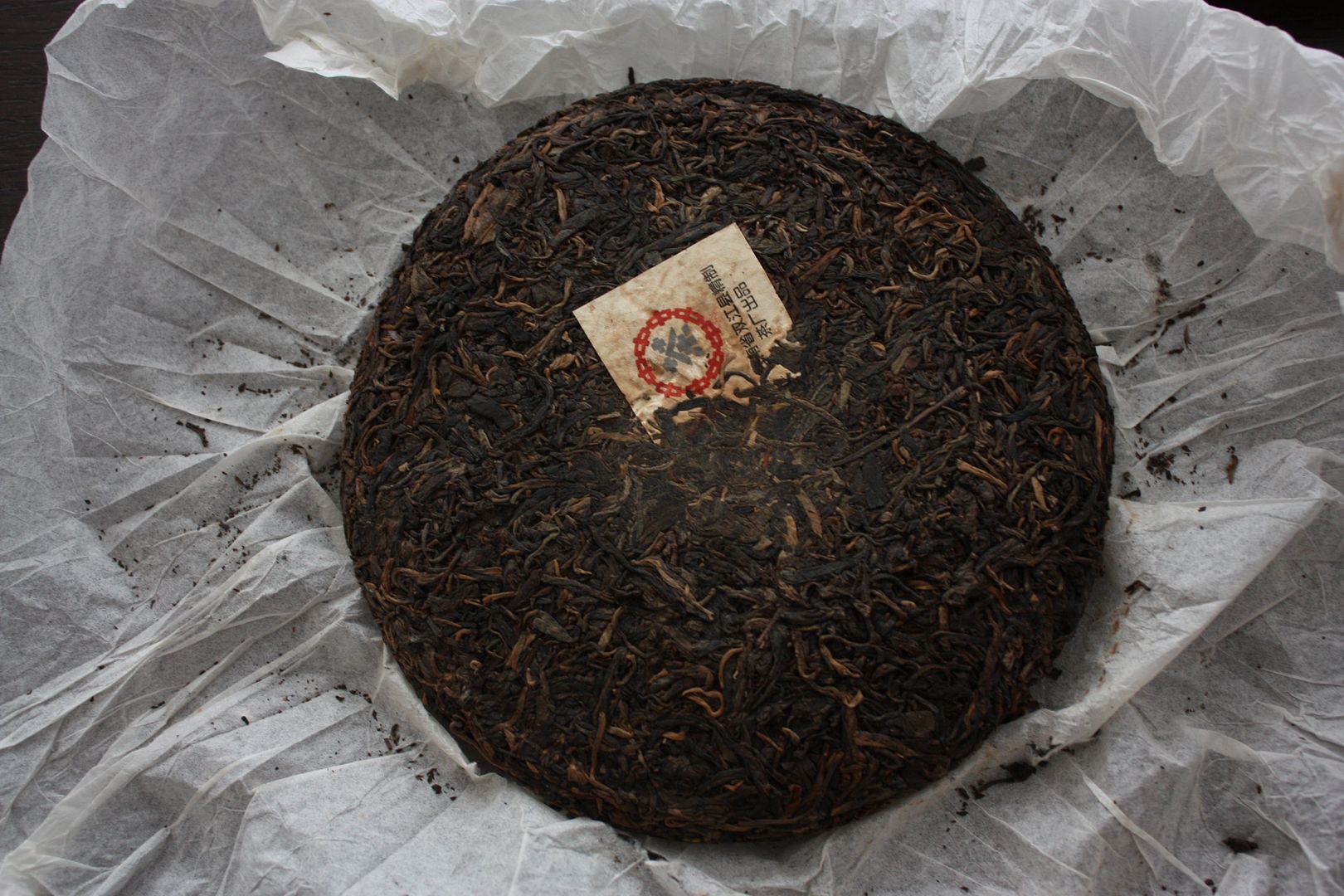
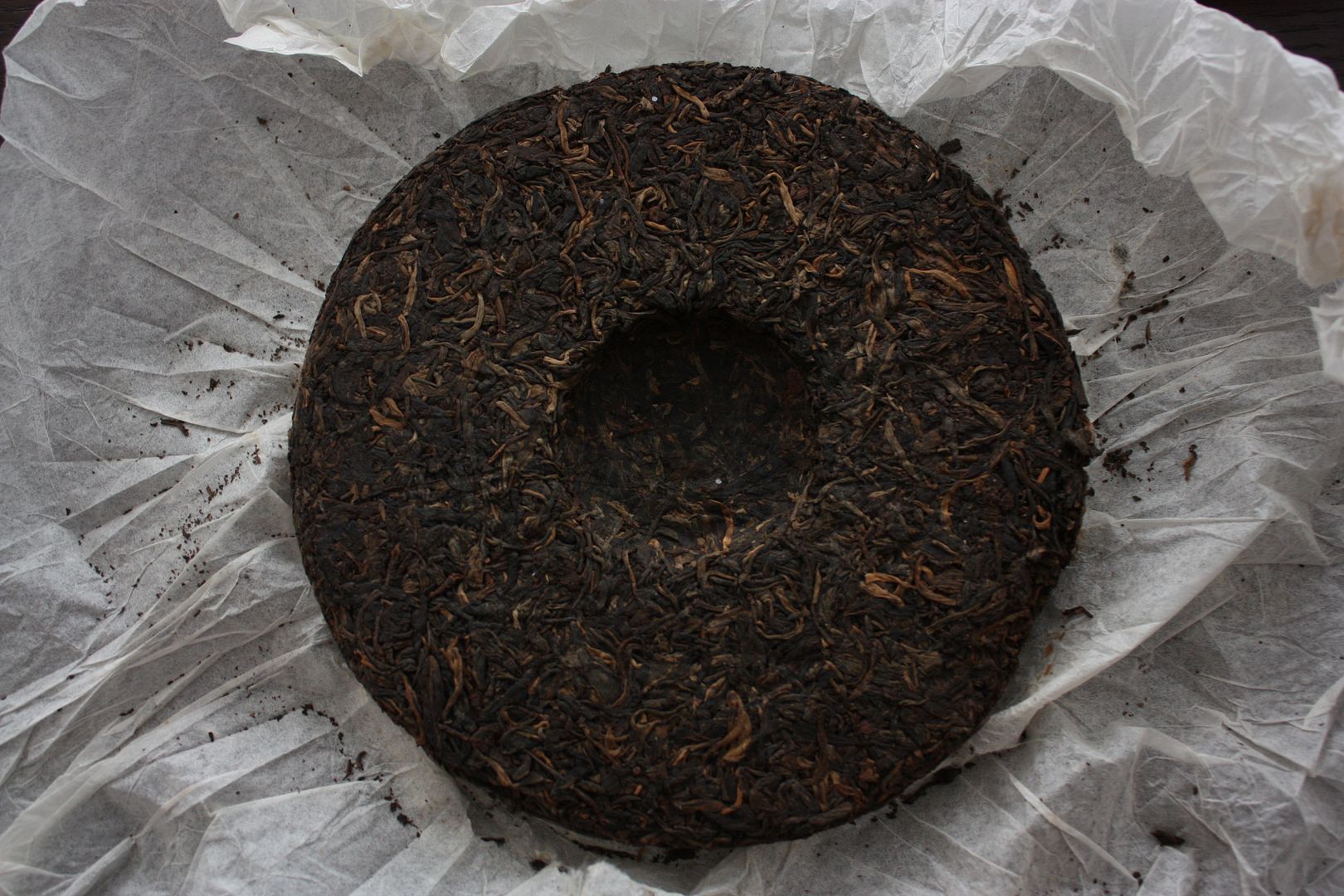
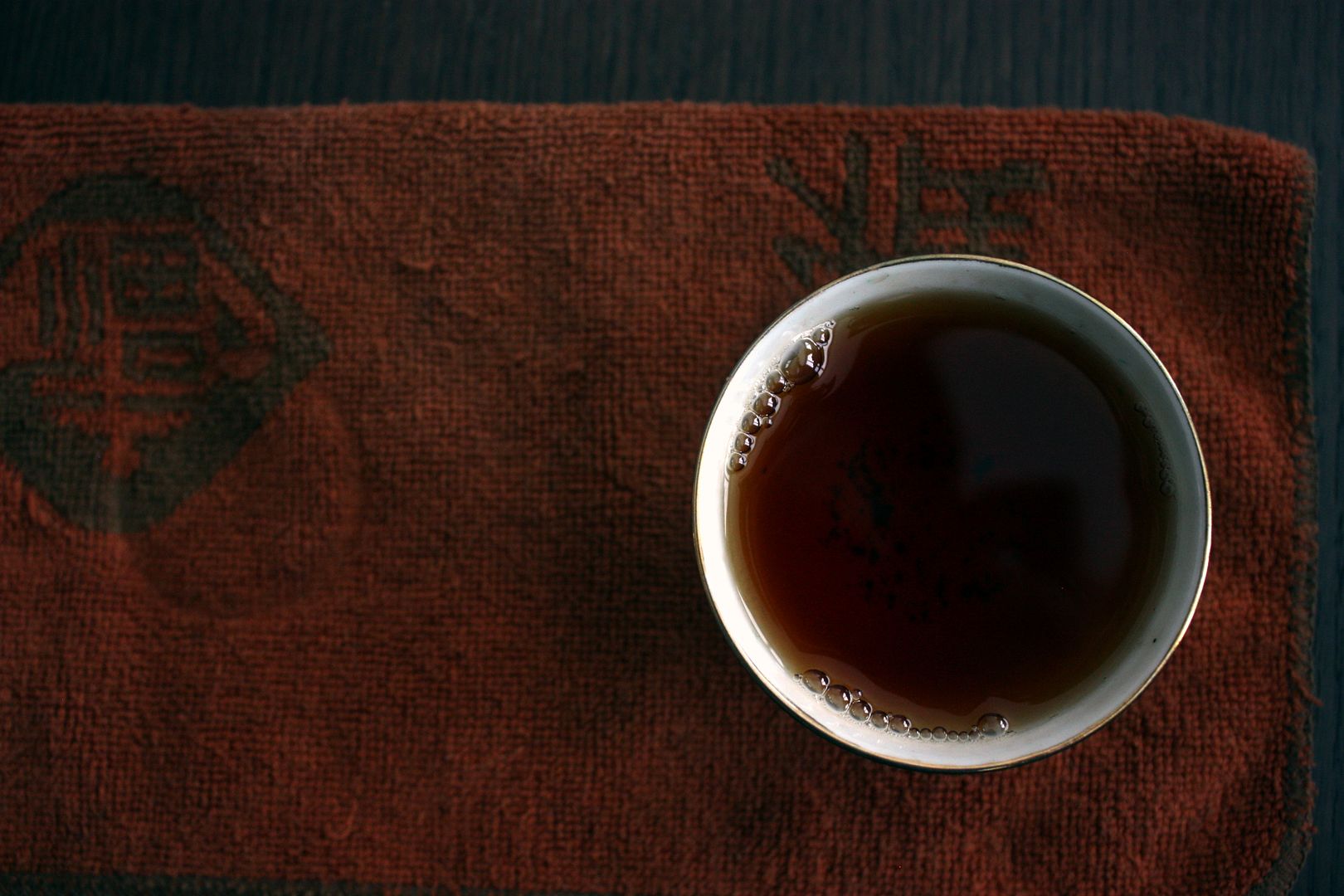
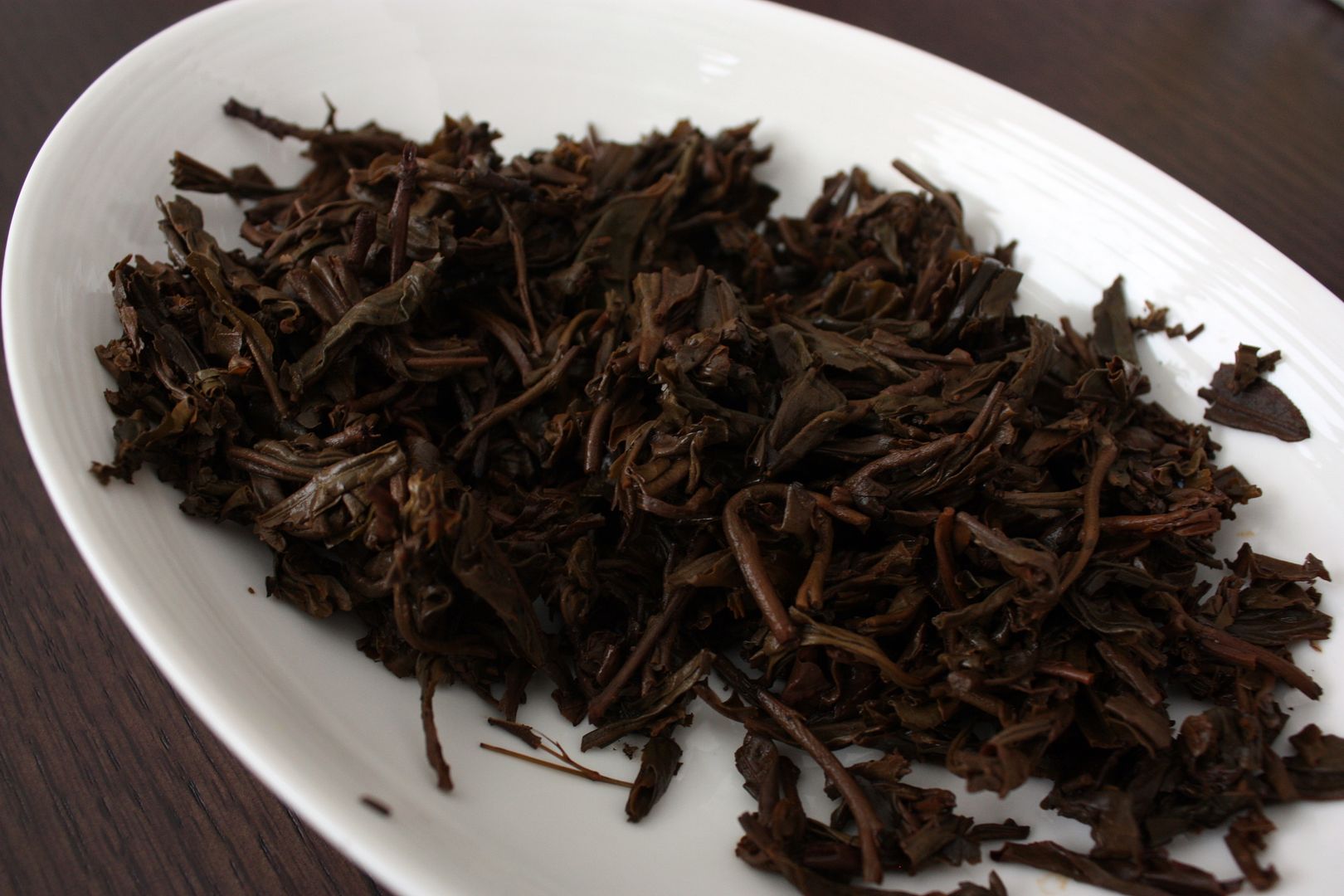
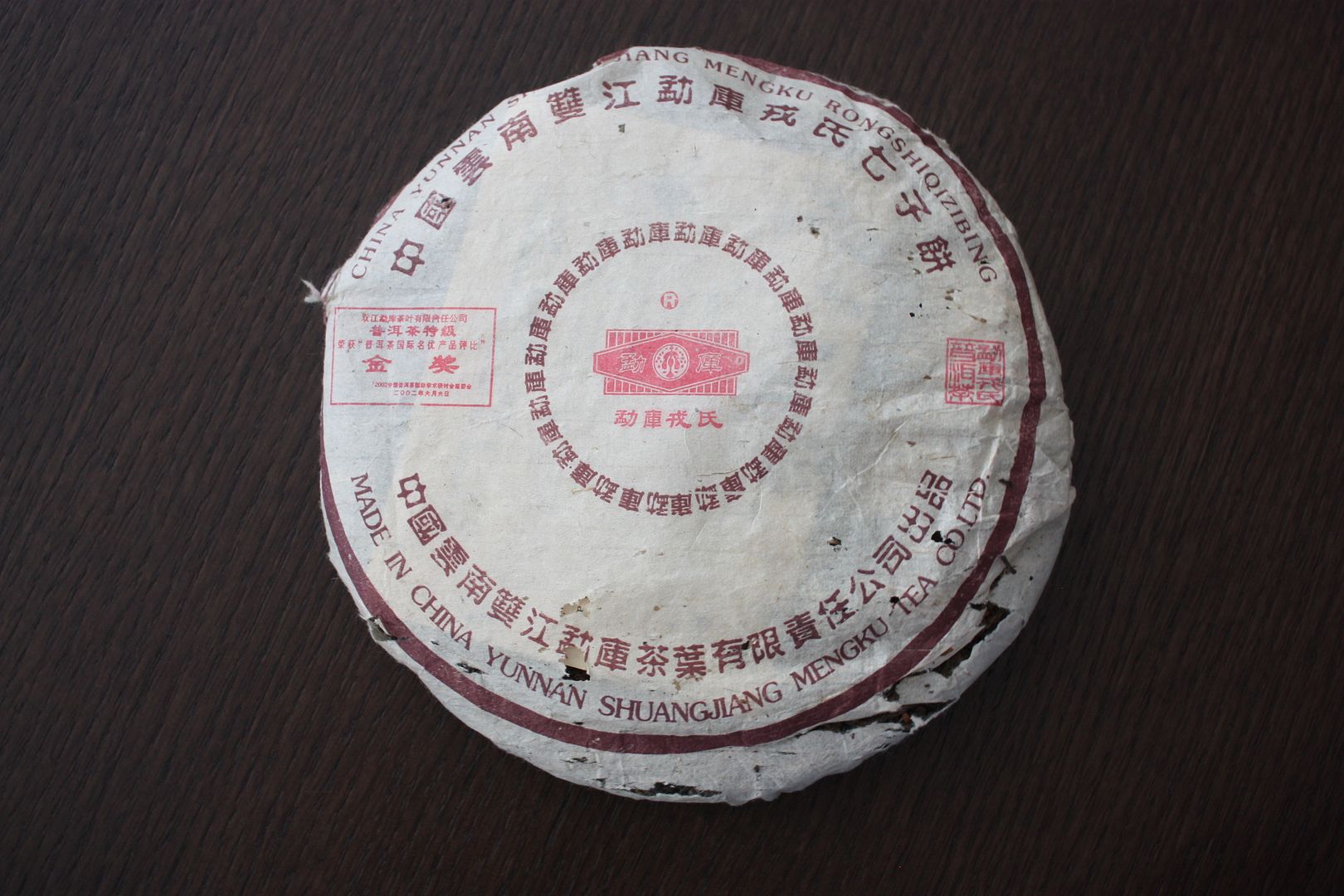
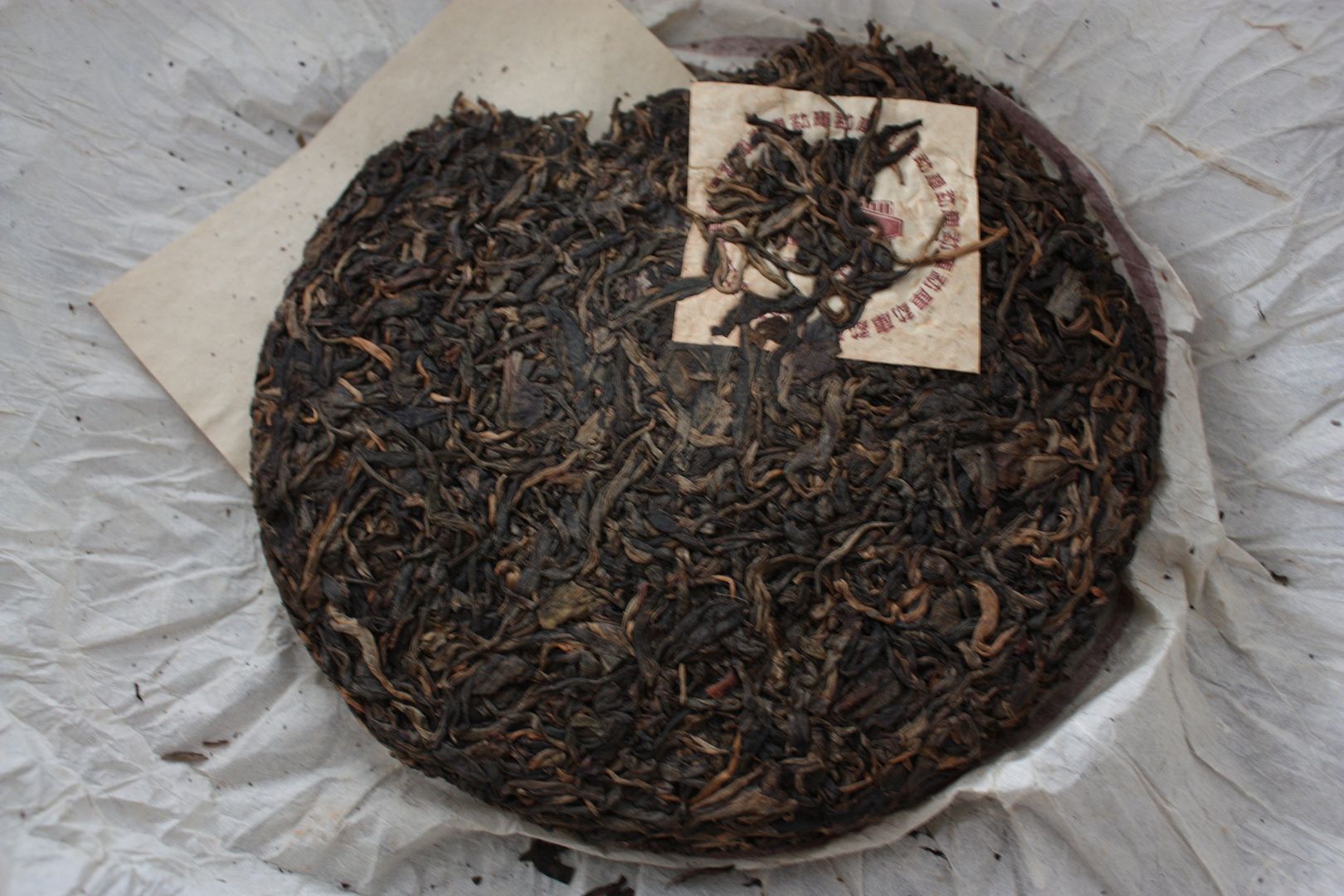
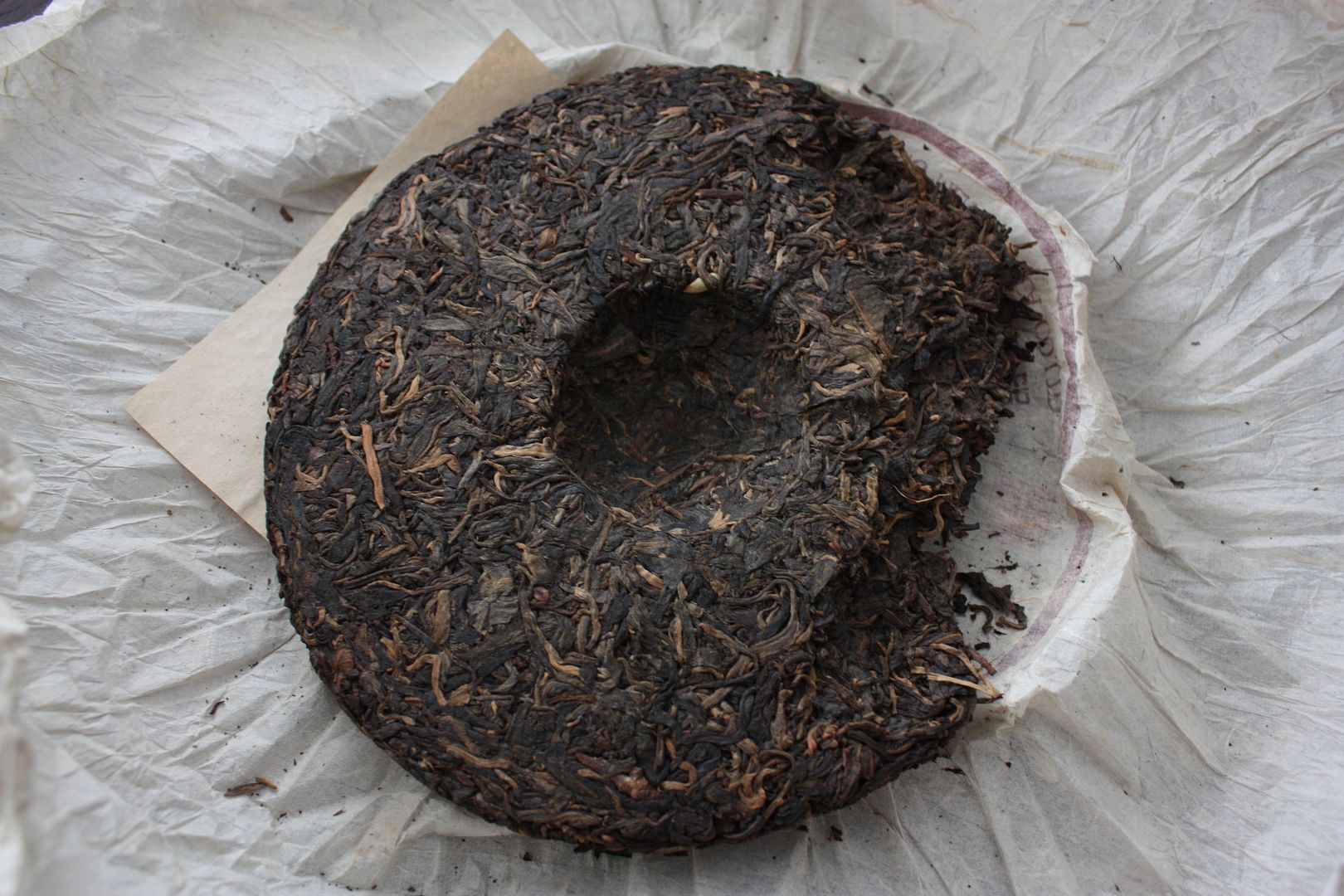
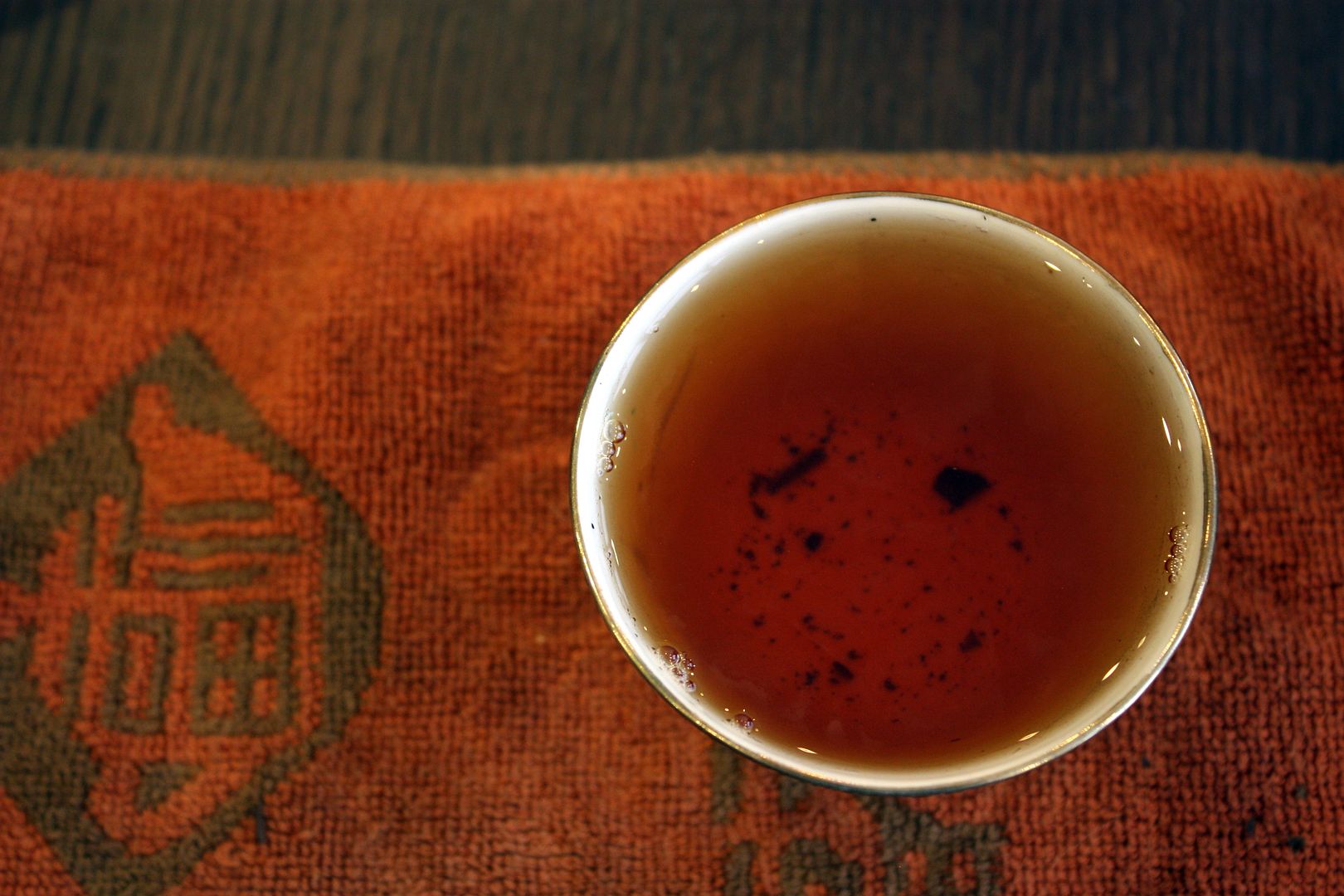
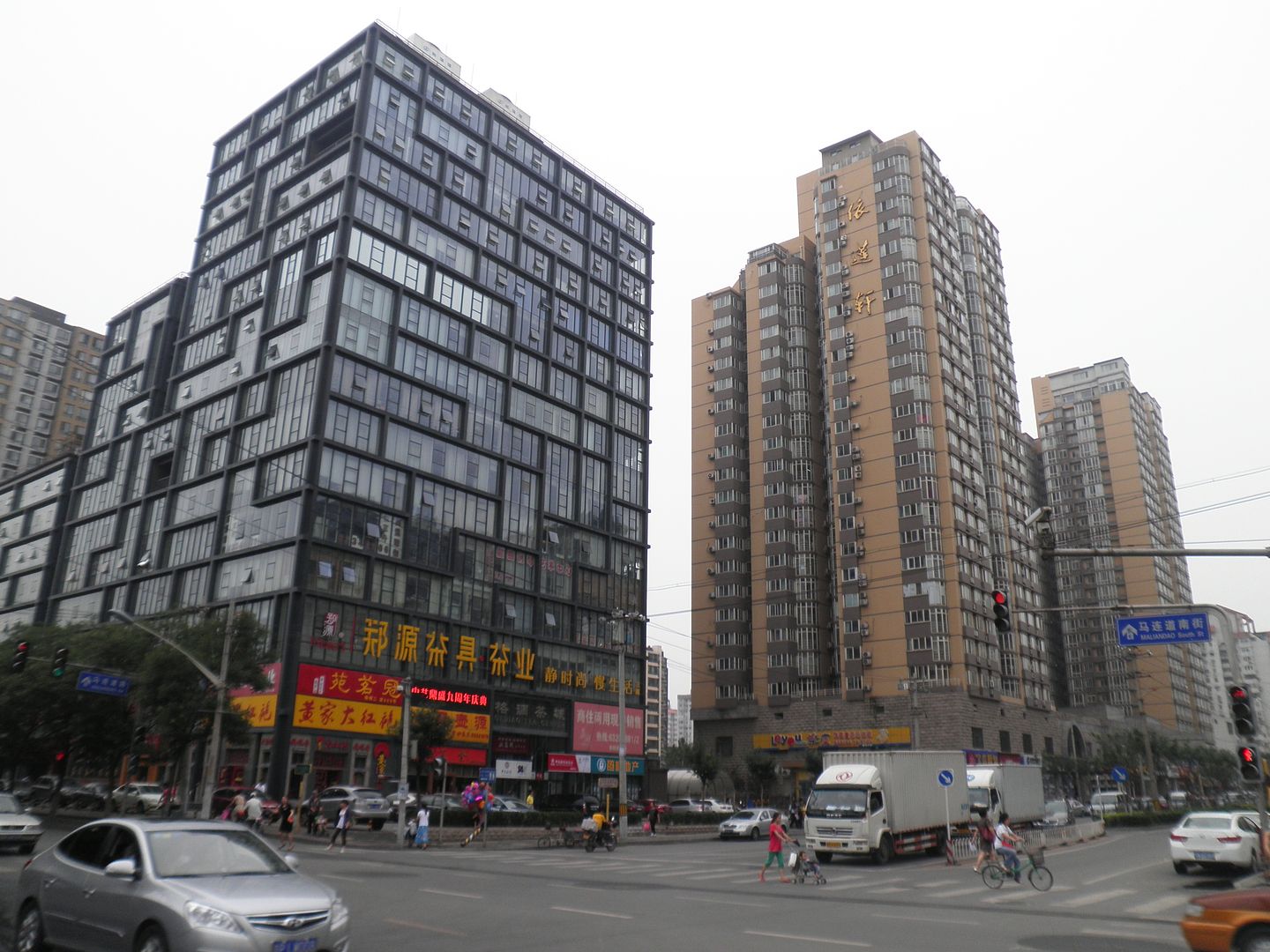
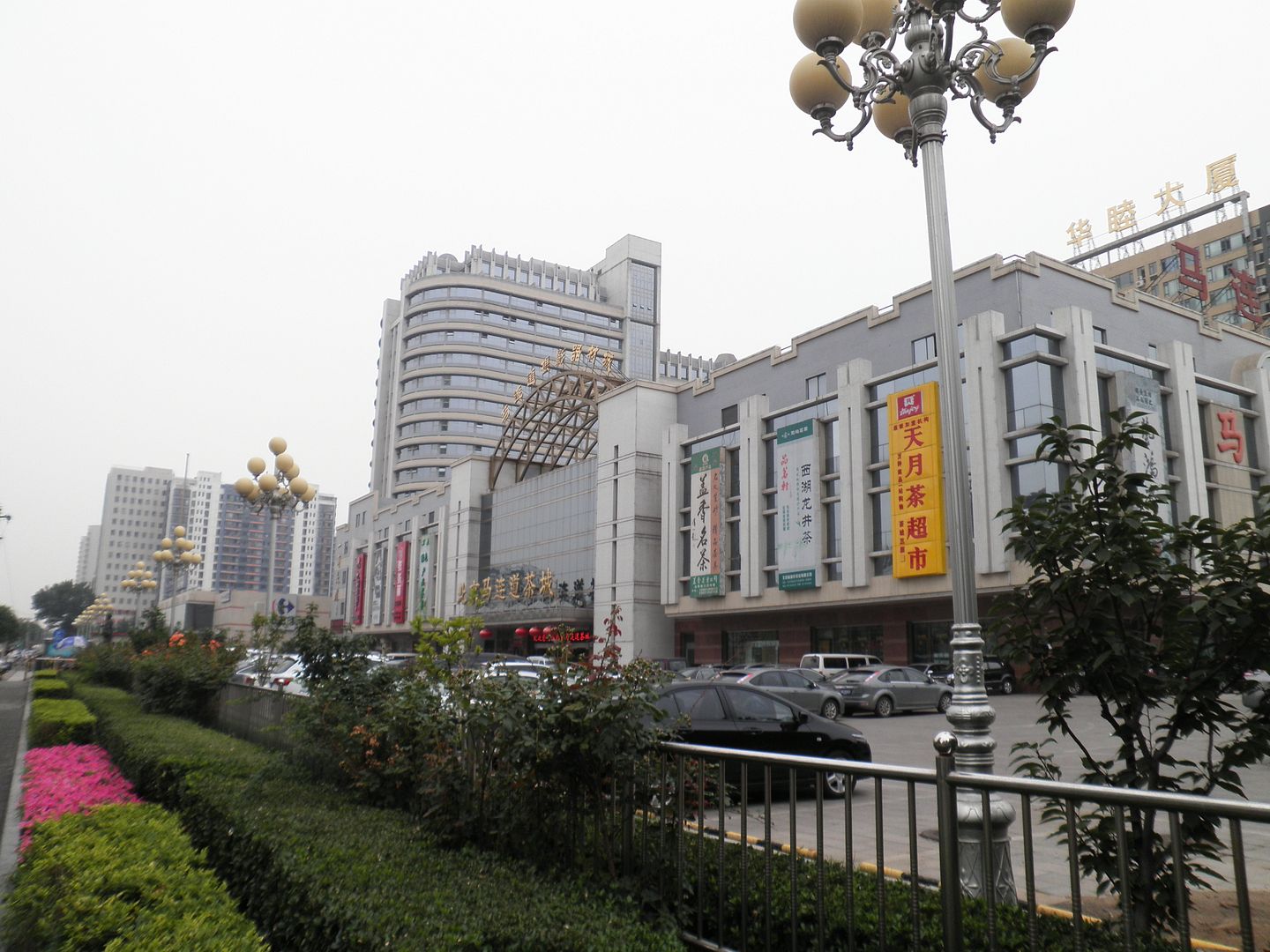
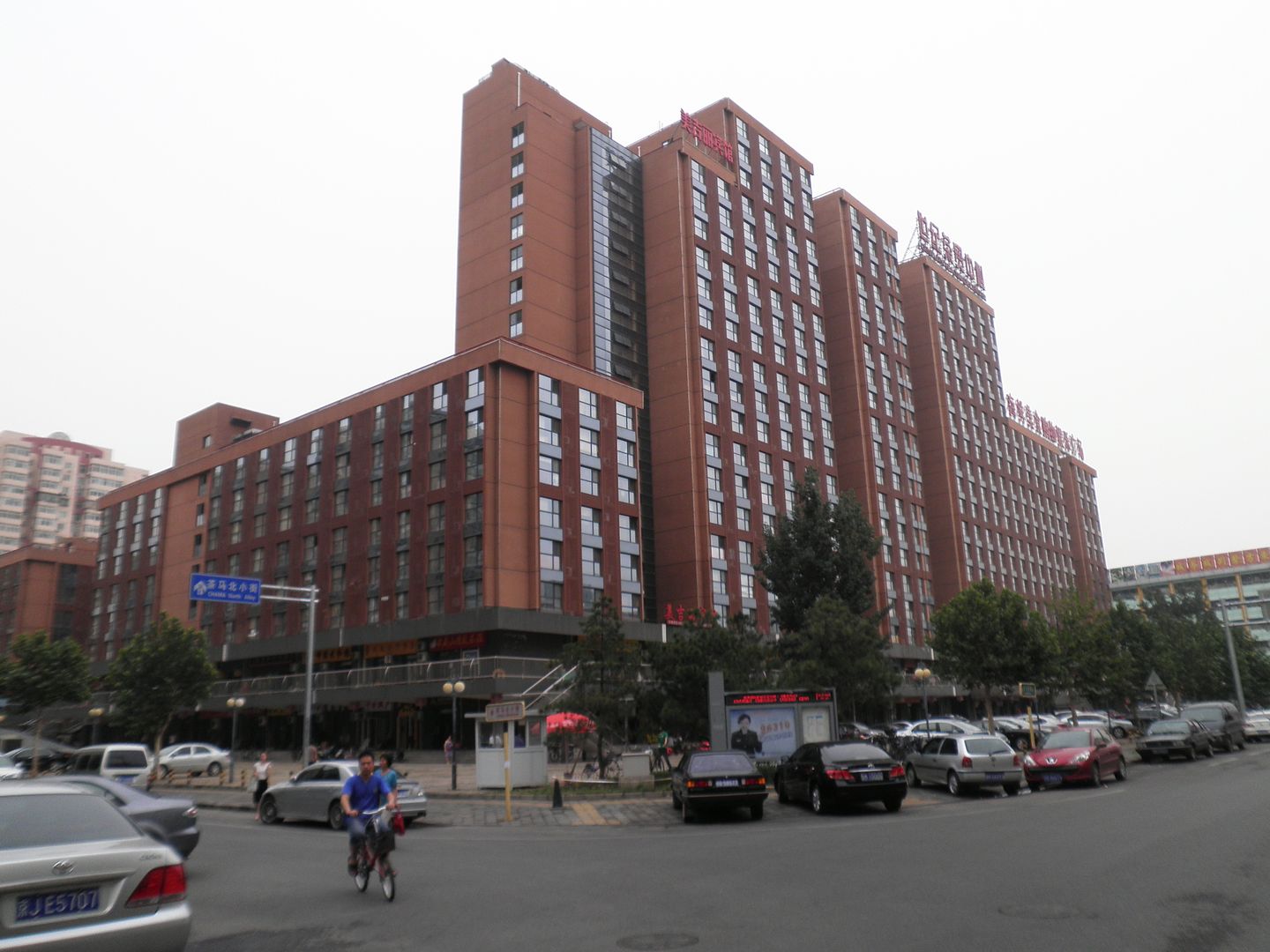
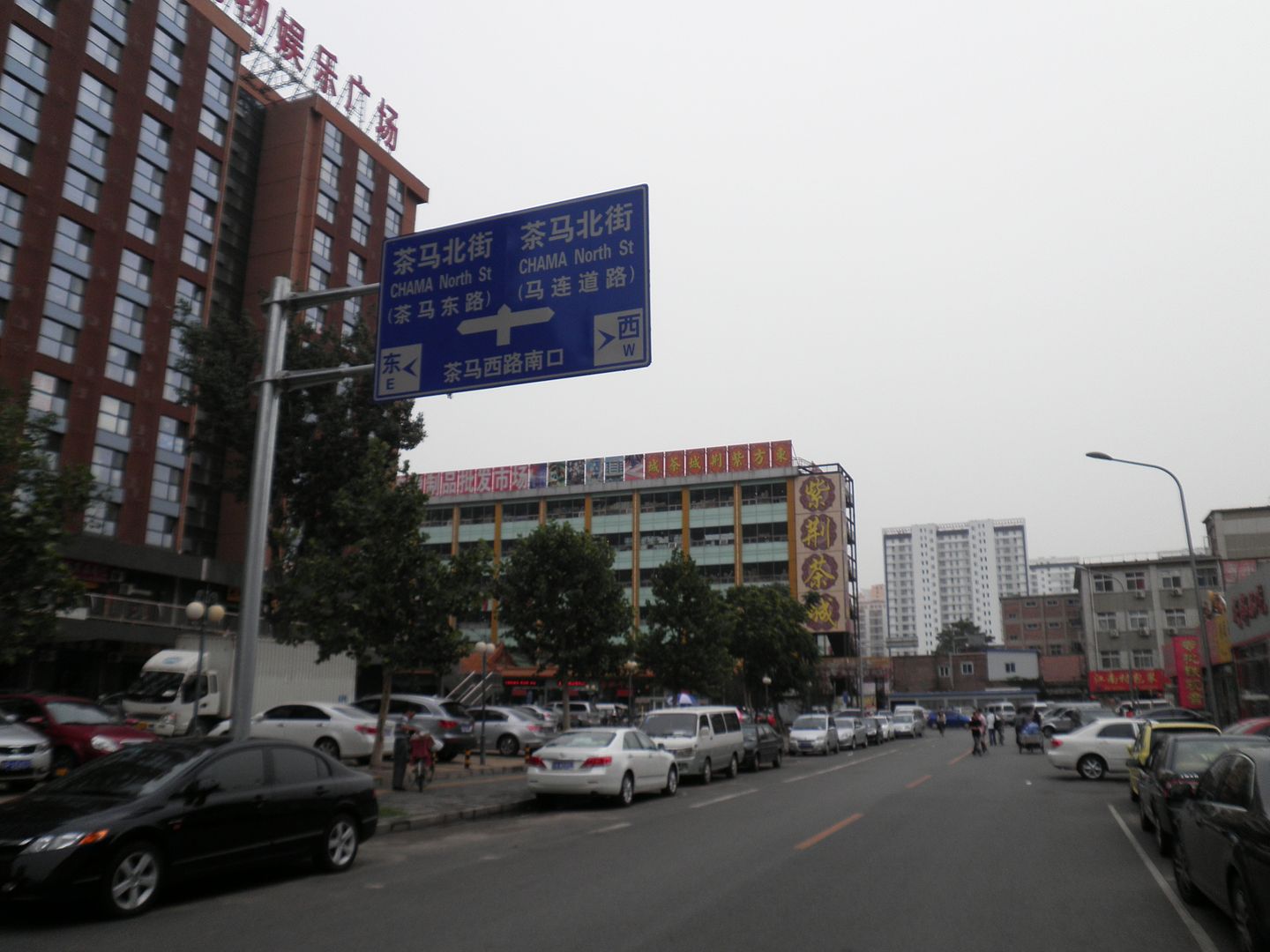

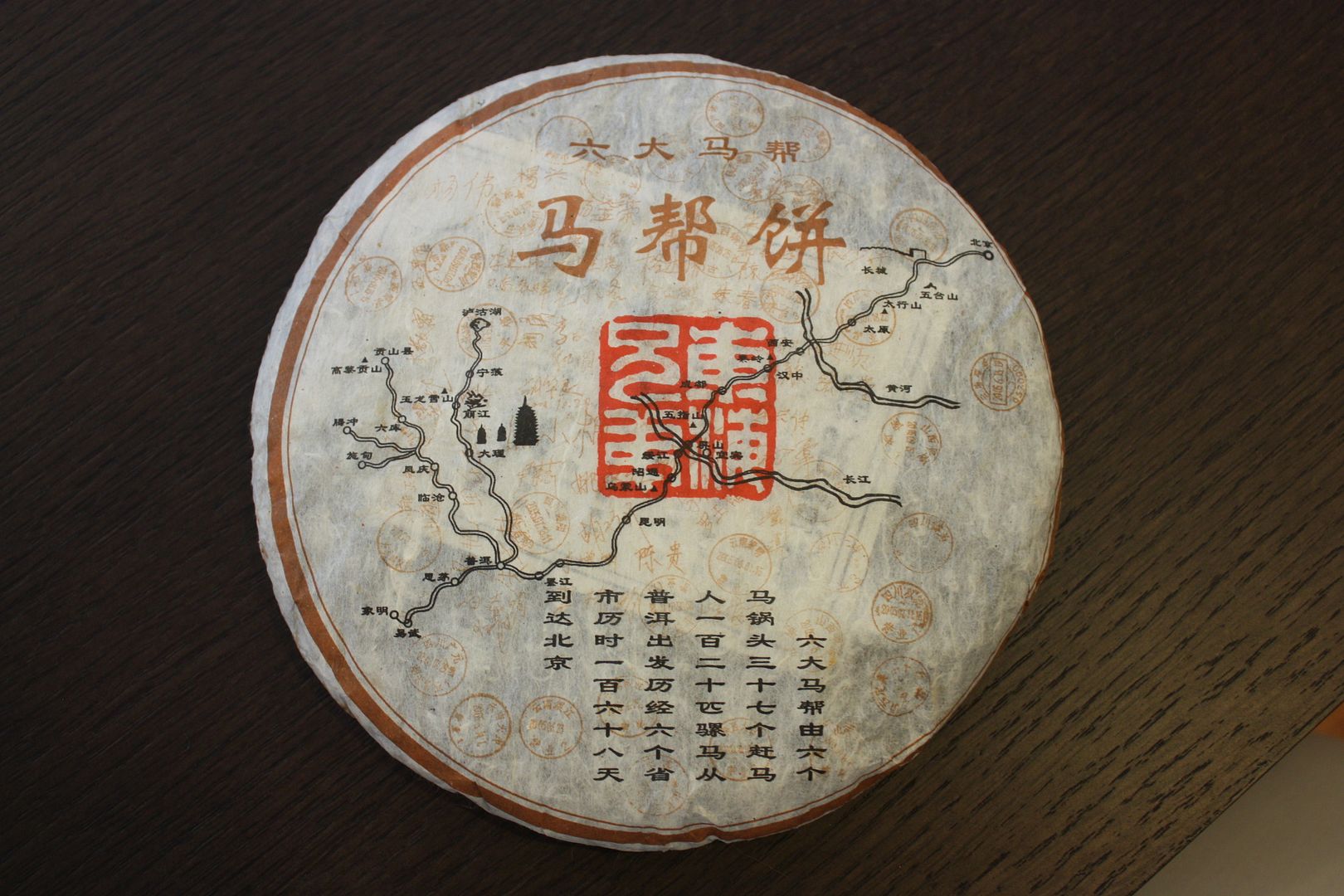
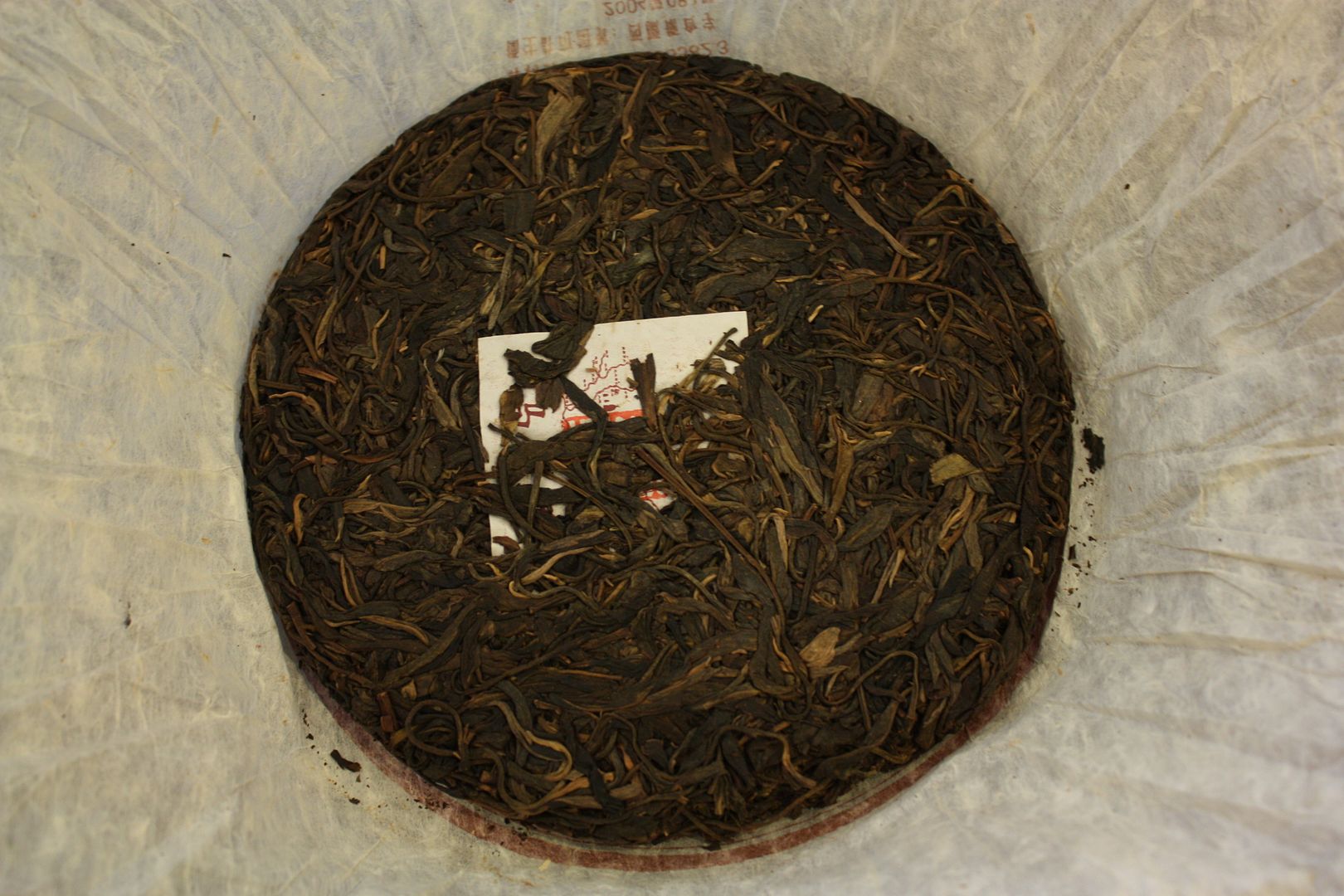
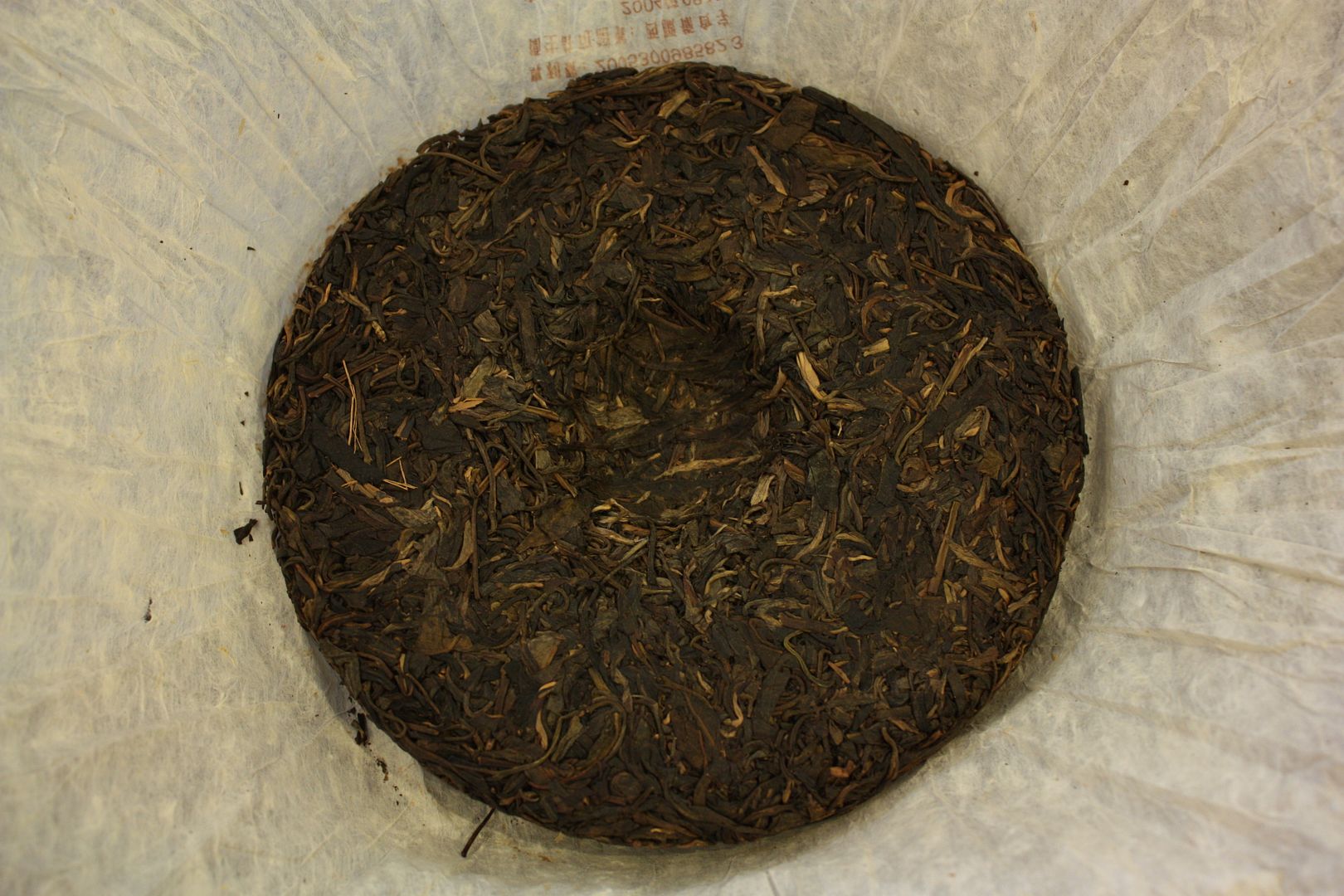
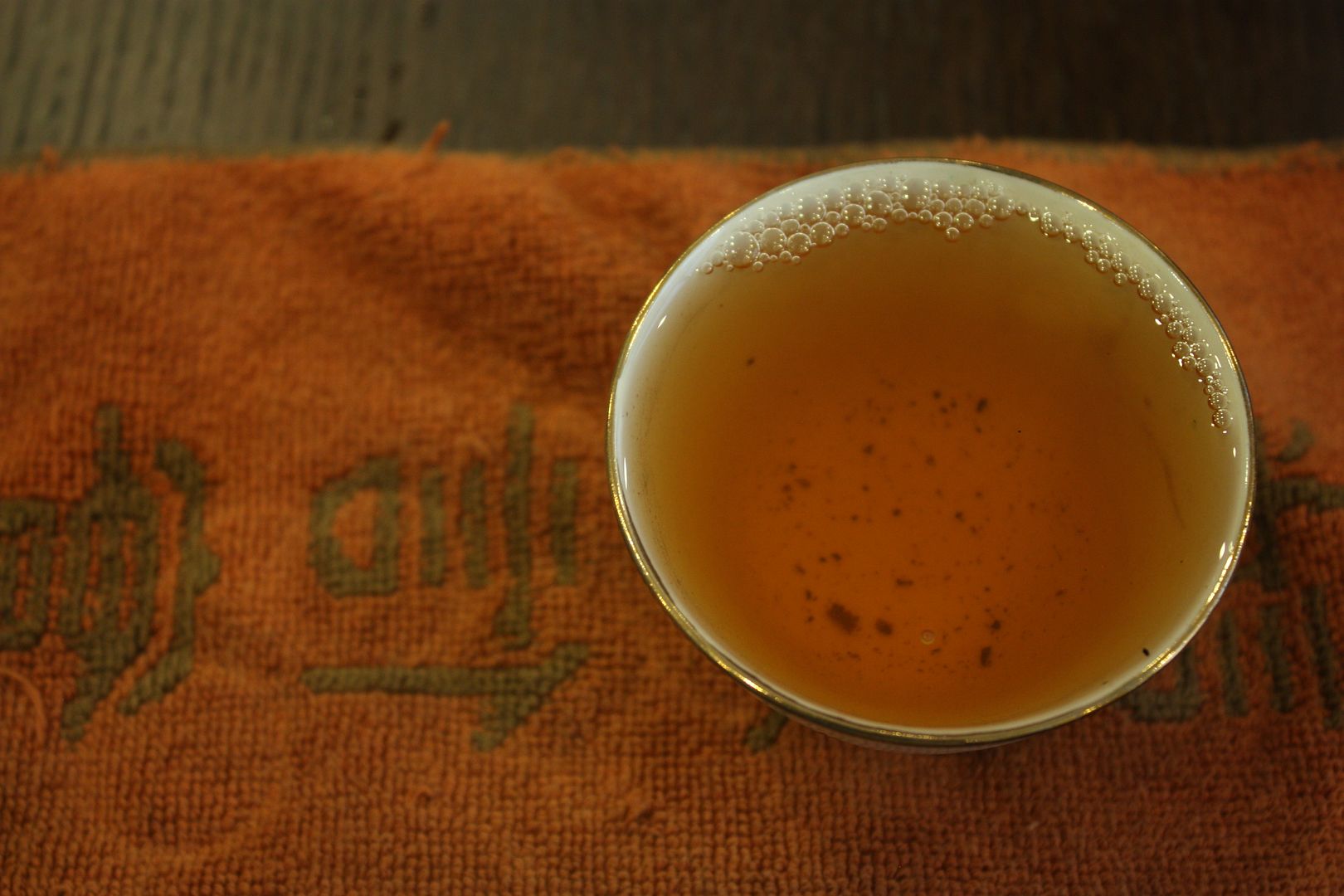
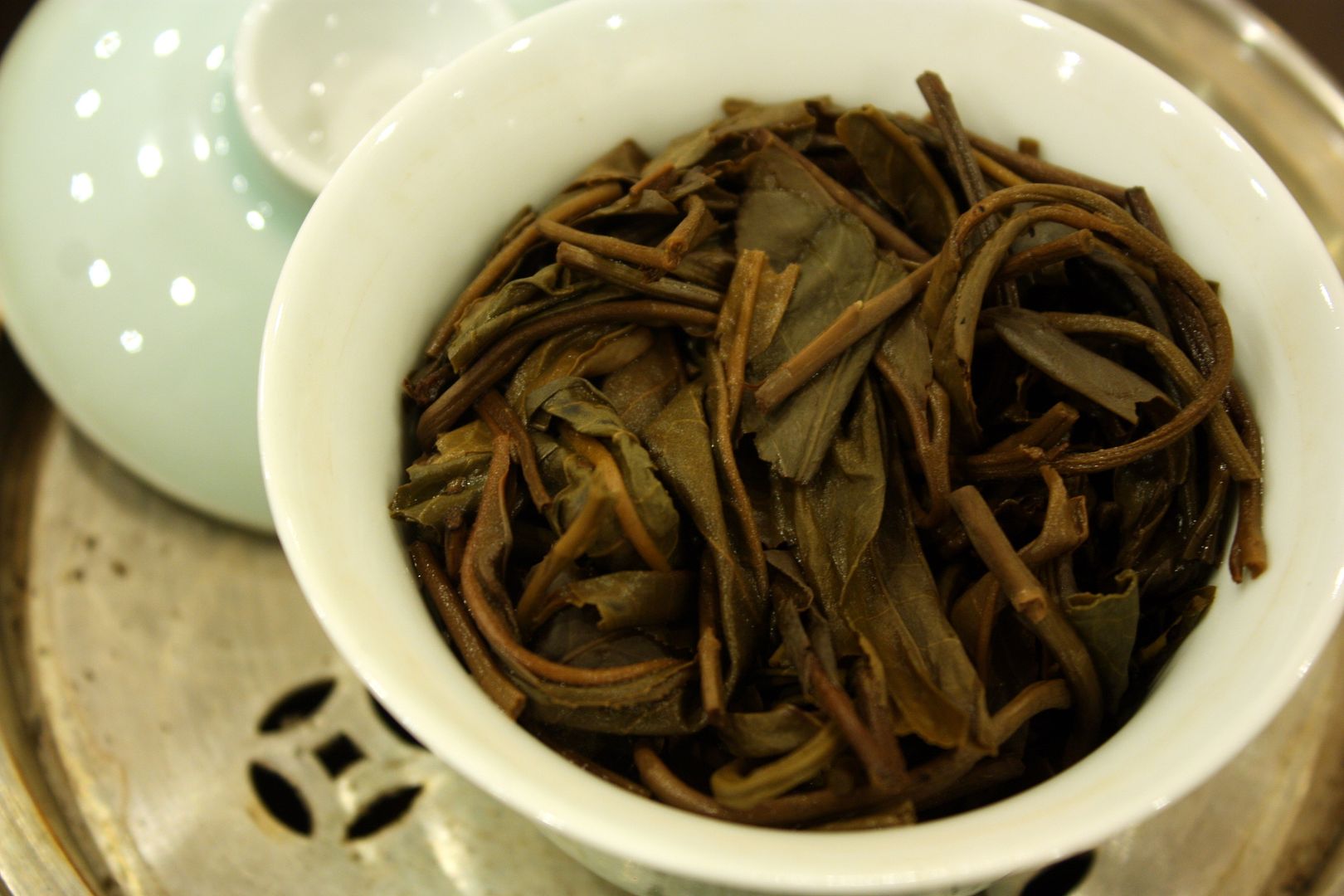
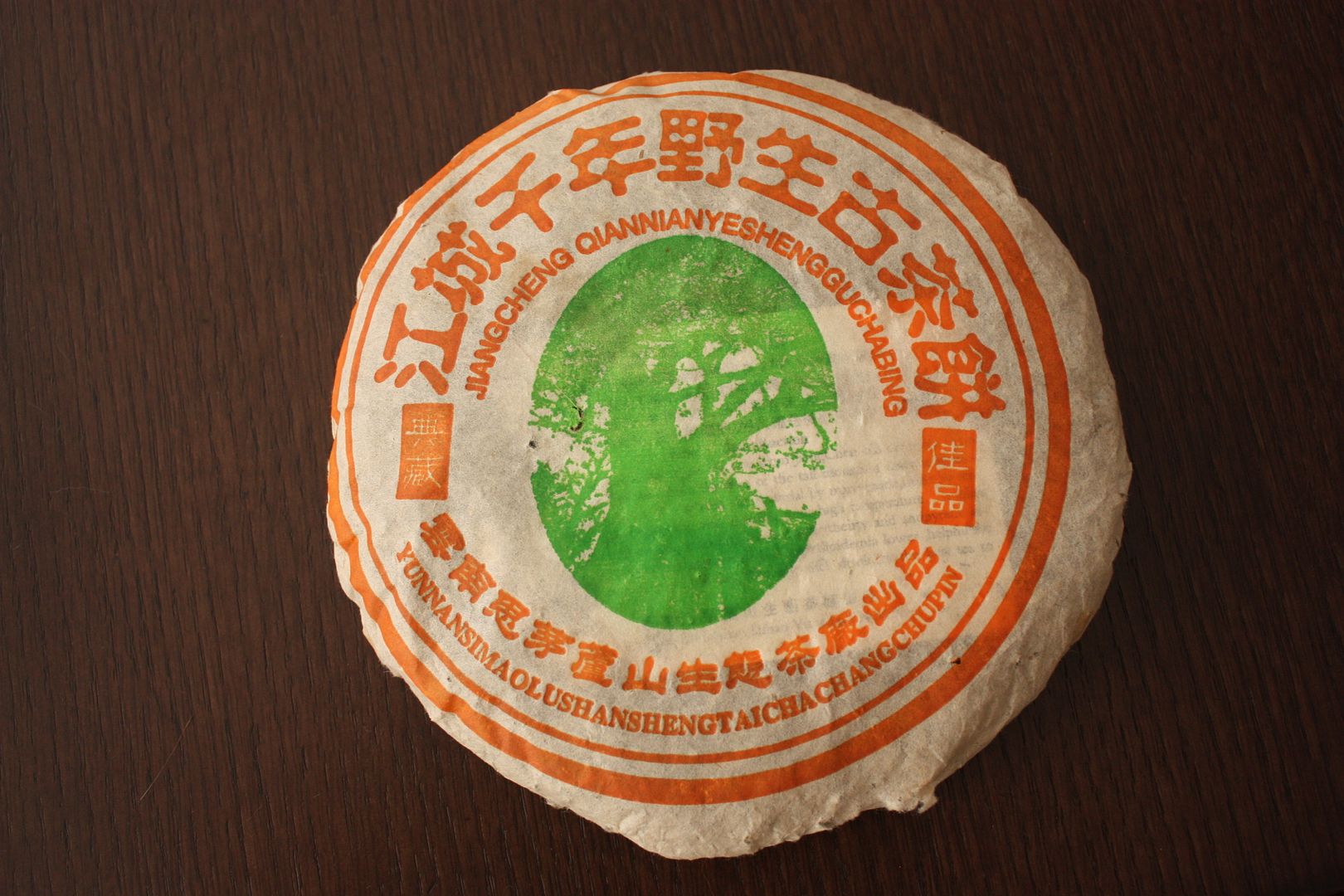
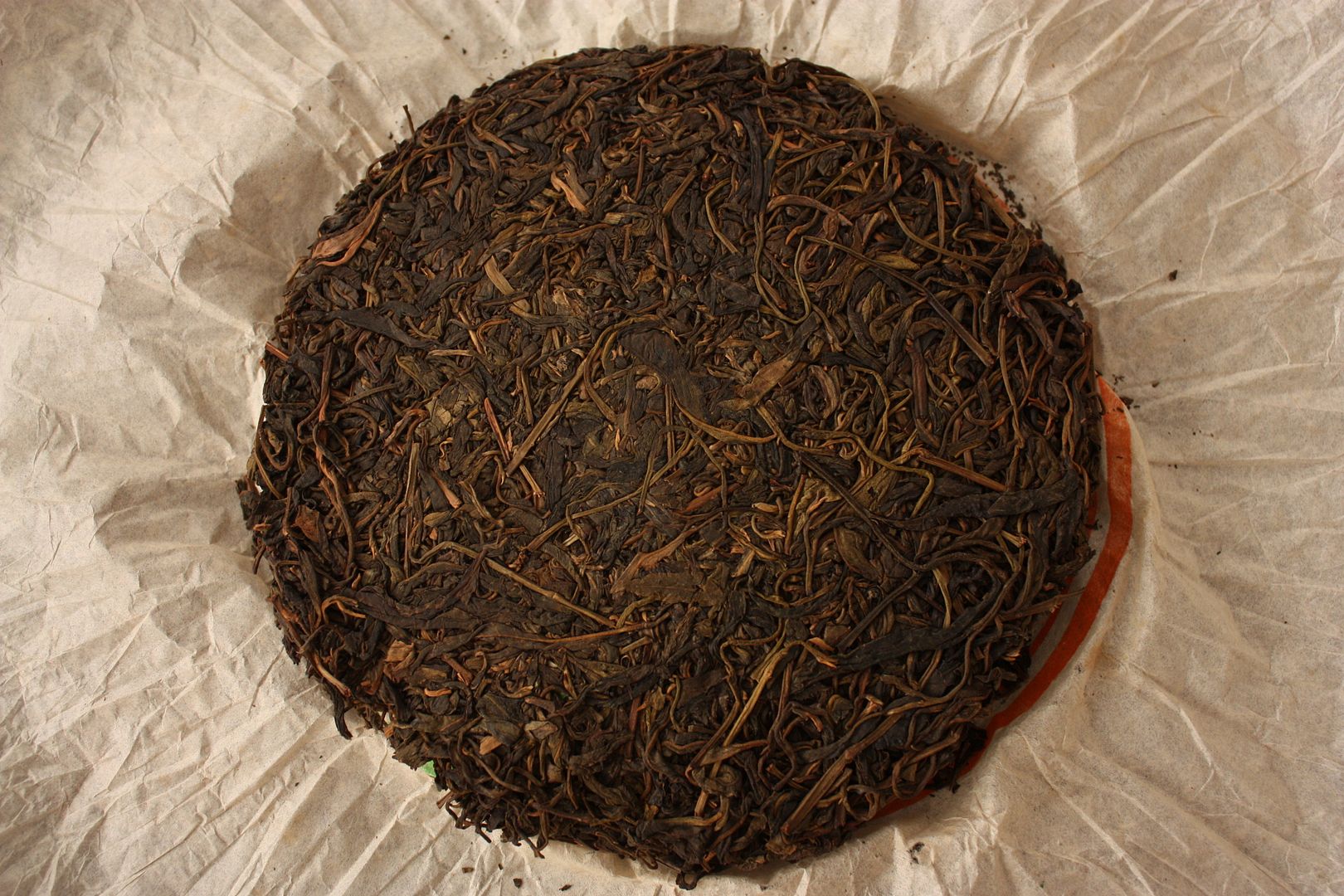
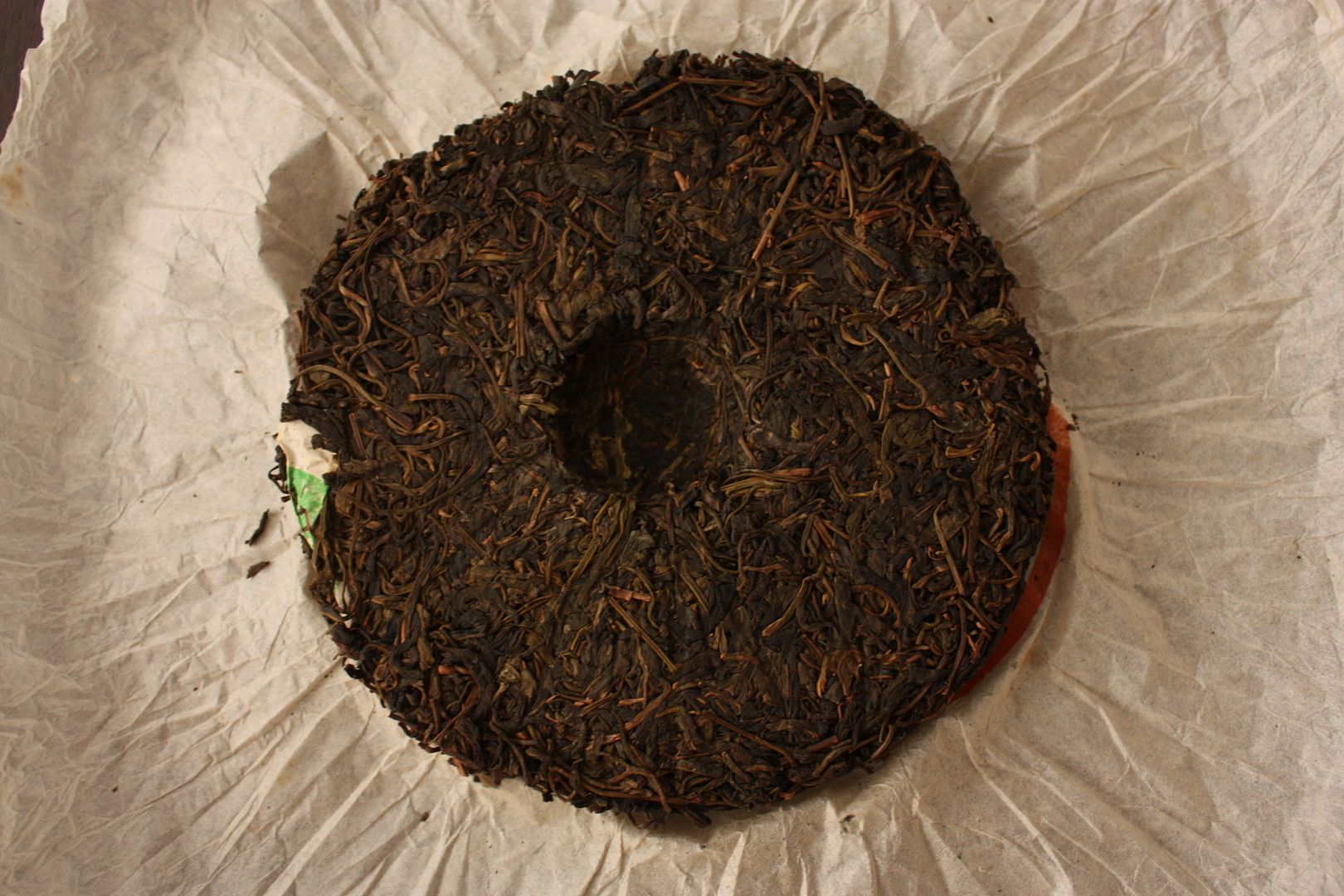
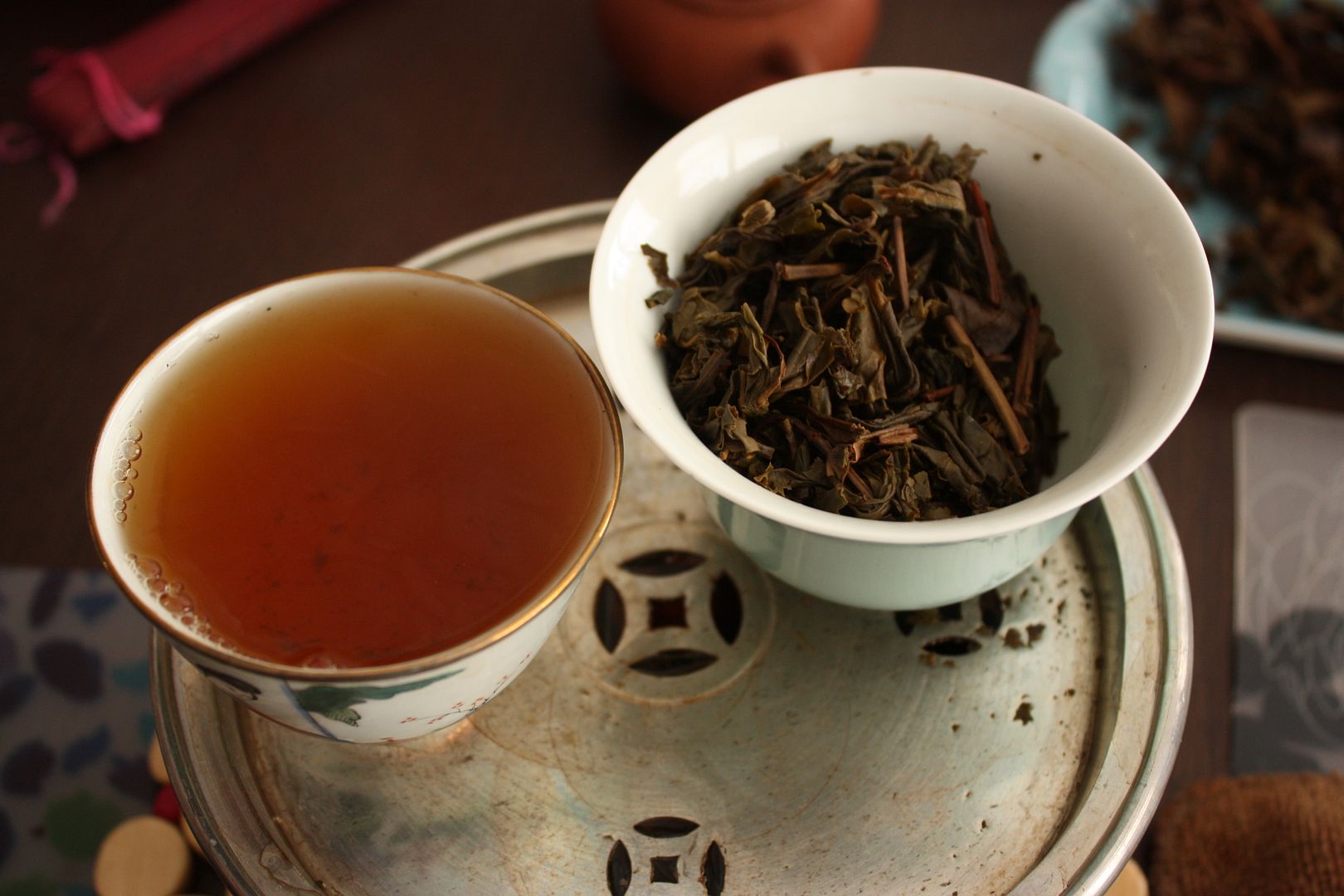
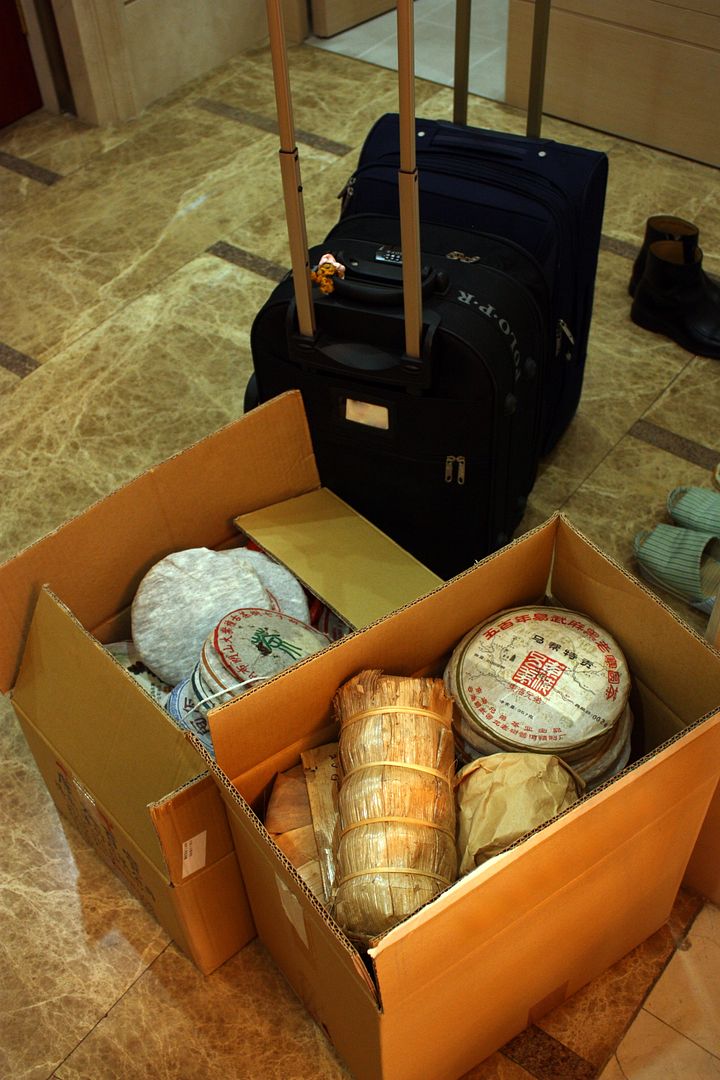
 RSS - Posts
RSS - Posts
Interesting.... would 250C in my oven work?